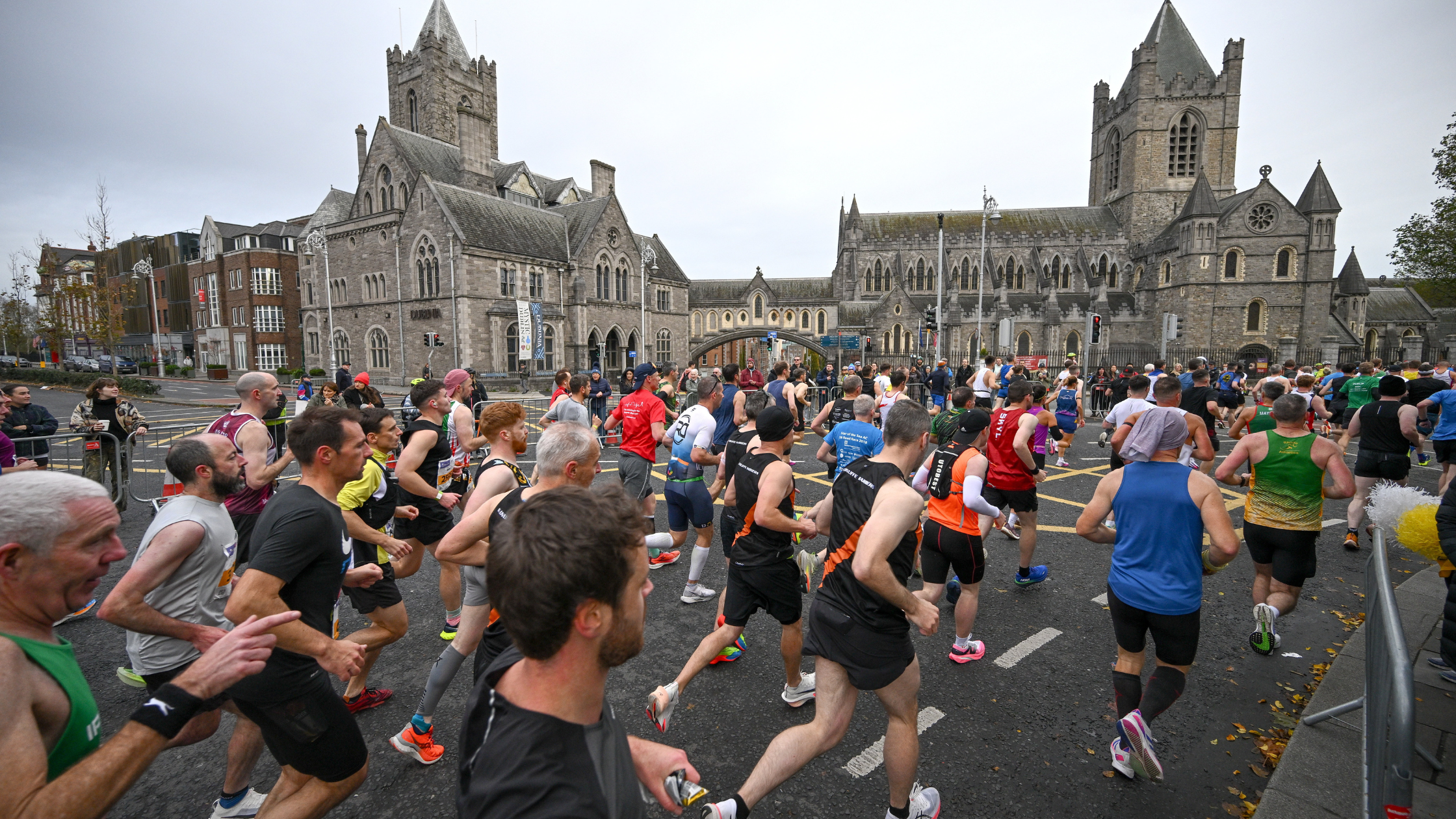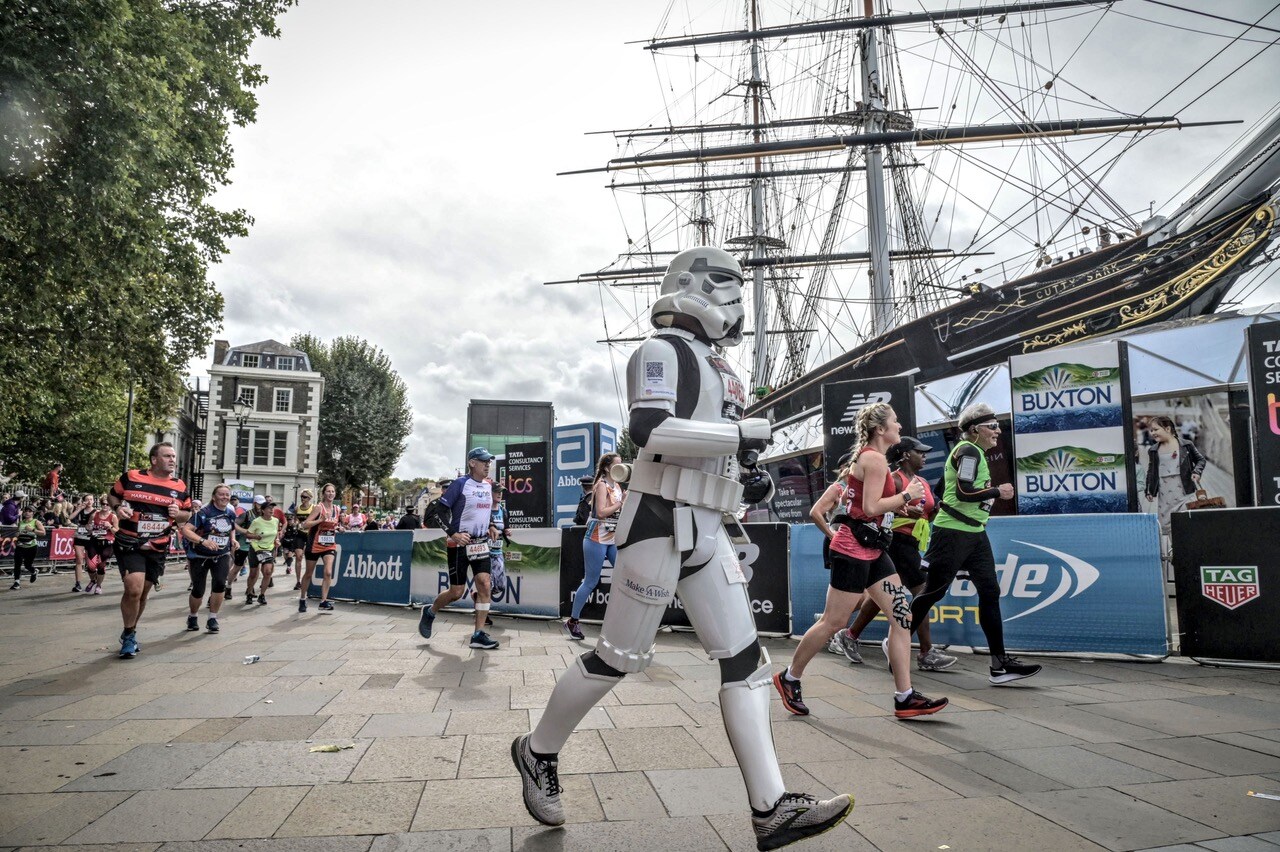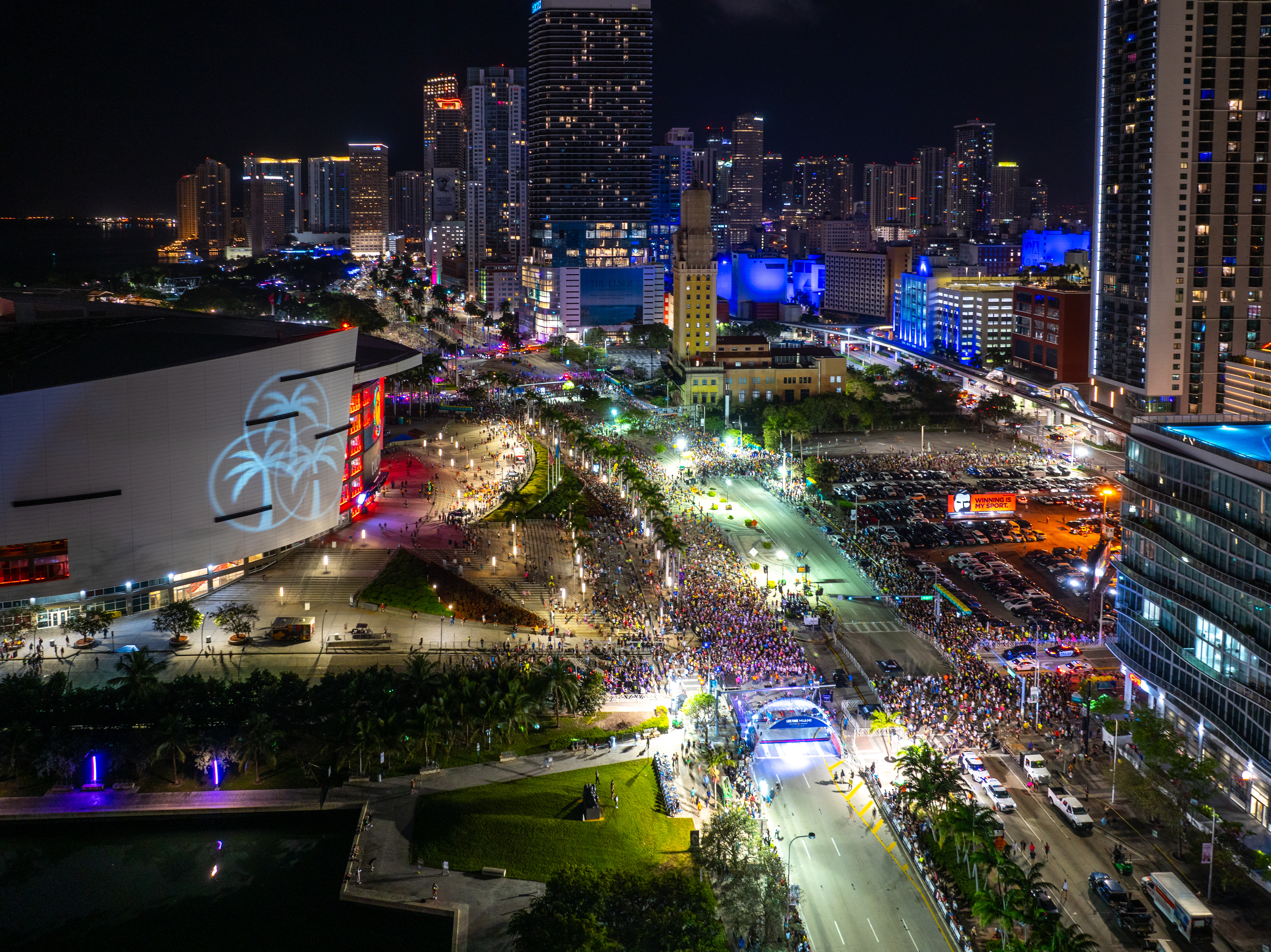Months of preparations for a race can go unrewarded because runners do not fuel themselves adequately in the final few days before a race and on race day itself. Find out how to get your dietary intake right in the run up to a race.
Different races require different nutritional approaches. Carbo-loading, for example, is of little use in short duration, high intensity events, and may even make you perform slower as it can cause weight gain. However, if you are in an endurance race lasting 90 minutes or longer then a carb-rich diet becomes of more importance.
So where do I start with my diet?
For those entering shorter duration events, a moderate carbohydrate diet should suffice. This means eating somewhere between 6 to 8g of carbohydrate per kilogram that you weigh during your training program and in the days up to an event.
For those involved in longer endurance running events, such as the marathon , the aim should be to eat a high carbohydrate diet (containing 8 to 10g per kilogram bodyweight) every day for three days beforehand. This should be similar to your usual intake in your training if your sessions last for 90 minutes or longer on average.
To work out your needs, you firstly have to know your weight in kilograms and then multiply the carbohydrate you require per kilogram by your weight in kilograms. The table below gives you an indication of your needs accounting for your body weight:
| Weight (in stones) |
Weight (in kilograms) |
Carbohydrate requirement in grams |
Carbohydrate requirement in grams |
| 7-8 |
44.5-51 |
270-410 |
360-510 |
| 8-9 |
51-57 |
310-460 |
410-570 |
| 9-10 |
57-64 |
342-512 |
460-640 |
| 10-11 |
64-70 |
380-560 |
510-700 |
| 11-12 |
70-76 |
420-610 |
560-700* |
| 12-13 |
76-83 |
460-660 |
610-700* |
| 13-14 |
83-89 |
500-700* |
660-700* |
* There is no benefit of going above this level since the body can't store excess carbohydrate. A good plan for endurance running events is to reduce your training load three days before the race, and to either continue to taper the intensity further in the final two days or choose complete rest. Those of you in shorter duration events may find one day of rest or reduced load sufficient before competition. If you continue to work hard at this time, you will make little or no difference to your fitness level and will also use essential fuel stores that you will need for the event; it’s like last minute revision, of little use!
Now you know how much carbohydrate to eat in the days before a race, the following information should help you to achieve your requirements. The list below gives you an indication of serving sizes of foods that provide you with 15g of carbohydrate (this is by no means an exhaustive list and the amounts below are general guidelines using simple household measuring implements, which you are likely to have at home).
| Food group | Food type | Amount providing 15 grams |
| Breads, cereals, potatoes | Bread | 1 medium slice |
| Breakfast cereal | 1 small bowl | |
| Cooked rice | 1/3 standard mug full | |
| Cooked pasta or egg noodles | 1/2 standard mug full | |
| Potatoes | 2 egg-sized portions | |
| Meat, fish, eggs | All fresh unprocessed types | No carbohydrates! |
| Peas, beans, lentils | Baked beans | 1/4 large (440g) tin |
| Tinned or boiled peas (including green peas), beans and lentils | 1/2 mug full | |
| Vegetables | Carrots, tomatoes, peppers, parsnips | 1 medium whole |
| Sweetcorn | 1/2 mug full | |
| Tinned tomatoes | 1/2 large (440g) tin | |
| Tomato or other vegetable juice | 1 standard wine glass | |
| Fruit | Banana | 1 small |
| Grapes | 12 large | |
| Oranges, apples, peaches, nectarines, pears | 1 medium whole | |
| Tangerines, satsumas, etc | 2 whole | |
| Tinned fruit in natural juice | 1/2 large tin | |
| Tinned fruit in syrup | 1/4 large tin | |
| Drieed fruit | Small handful | |
| Pure fruit juice | 1 standard wine glass | |
| Milk and yoghurt | Semi-skimmed or skimmed milk | 1/2 pint or 250ml |
| Low fat yoghurt | 1 standard sized pot | |
| Drinking yoghurt | 1 standard wine glass | |
| Fats and oils | Oils, butter, margarine, cream, mayonnaise | No carbohydrates! |
| Sugars | Sugar | 3 teaspoons |
| Fizzy drinks | 1/2 can or 1 can lemonade | |
| Fruit squash (not sugar-reduced) | Standard serving in glass | |
| Jam | 3 teaspoons | |
| Sports drinks ('isotonic') | 1/2 pint or 250ml |
The key to using the table above is to calculate the carbohydrate from the different foods and the number of ‘portions’ of them you have had. For example, two slices of bread provides you with 30g carbohydrate, not including any filling you might add.
You will find that the nutritional information for servings on food packaging of processed foods is also helpful in calculating how much carbohydrate you are getting from a particular food. Keep a note of what you are taking in, using this information, in a diary. You can then see at the end of the day if you’ve eaten enough carbohydrate.
Don’t overdo the fat
A good way to maximise your carbohydrate intake at this time is also to watch you don’t go overboard on fat. The more fat you have, the lower your chances of eating enough carbohydrate, so be careful. Products labeled as ‘low fat’ can be quite helpful in controlling your fat intake.
Try to also be careful how much oil you use in cooking, spread or mayonnaise you use on bread (even if reduced in fat) and cream you use in sauces. It is also sensible to avoid naturally higher fat foods such as whole milk, fatty meats (like burgers and sausages) and high fat cheeses. Good alternatives would be lower fat milks, lean meat and poultry and reduced fat or naturally lower fat cheeses.
Crisps, chocolate and biscuits are all foods that contain carbohydrate, but most types have high fat contents. Do not fill up on these foods if you can, however tempting it may be. If you do want to have something similar with a little less fat, try rice-based snacks, baked crisps and some of the lower fat biscuit varieties, which include ginger nuts, jaffa-cakes, fig rolls, rich tea and fruit-based bars. Other good options would be fruit loaf or currant buns and crumpets. Boiled or jelly-based sweets and sweetened drinks can also help to boost your daily carbohydrate intake if you are struggling.















